6 Real-World Embedded Projects to Learn From (Warning! Not For Beginners)
Building real-world embedded products is hard.
By real-world, I mean things you could use every day. Not some hackish product or just a Proof-of-Concept
I admit, it's hard because:
👉 We don't know how to develop serious hardware design
👉 We don't know how to write serious firmware
👉 We don't know how to make a sleek enclosure
👉 We lack of examples
That's why we need to look at how real-world projects are built.
The problem is, such projects are not easy to find.
Fortunately, I collect real-world projects like rich people collect watches.
Here are 6 real-world projects you could explore and learn, so you can understand the complexity of real-world projects.
Numworks
Numworks is a graphing calculator with sleek design and cool UI. The company released both the hardware and the firmware to make the product. It used by many students around the world.

The device used to be hackable, meaning you could update the firmware to modify its features and capability (it has STM32 MCU so plenty of crazy stuff can be made).
Unfortunately, many schools and universities forbid hackable calculator (to prevent cheating), so Numworks company make it super-hard to update firmware.
But still, it's a cool project, I learned tons of electronics and firmware design from it. Open here to view their tech specs, hardware, and software.
Clockwork GameShell
GameShell is an open-source portable game console. It has a powerful specs. If you like playing Gameboy Advance, you will like it too.
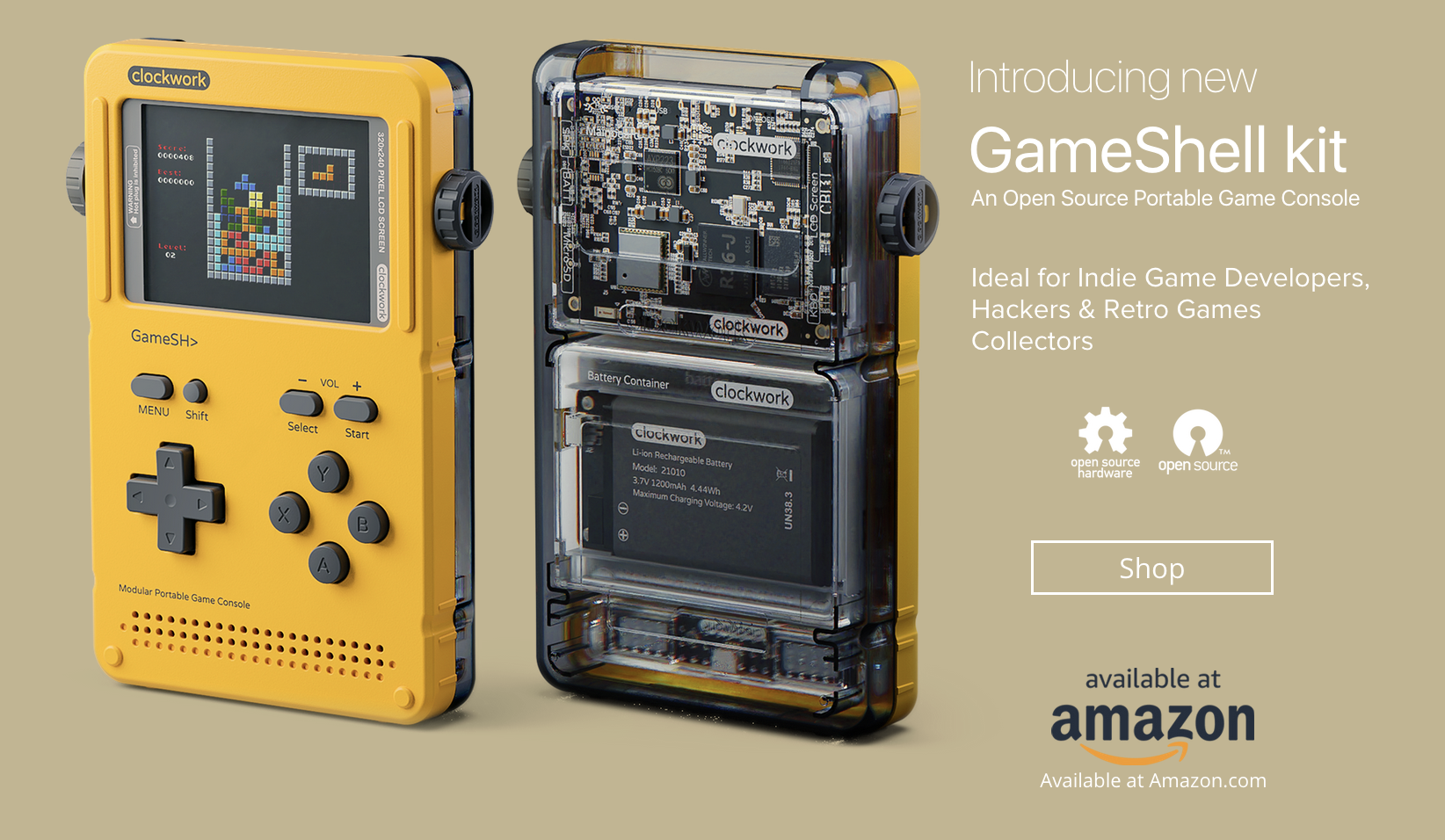
The enclosure is just, beautiful. It runs Linux so pretty easy to develop software on top of it.
Just checkout their website. Also if you want to immediately see their software and hardware schematics, just click here you nerdy!
Gamebuino
This is my first crush on a open hardware. I found this project from their kickstarter campaign years ago. Before further ado, let me show you this beauty:
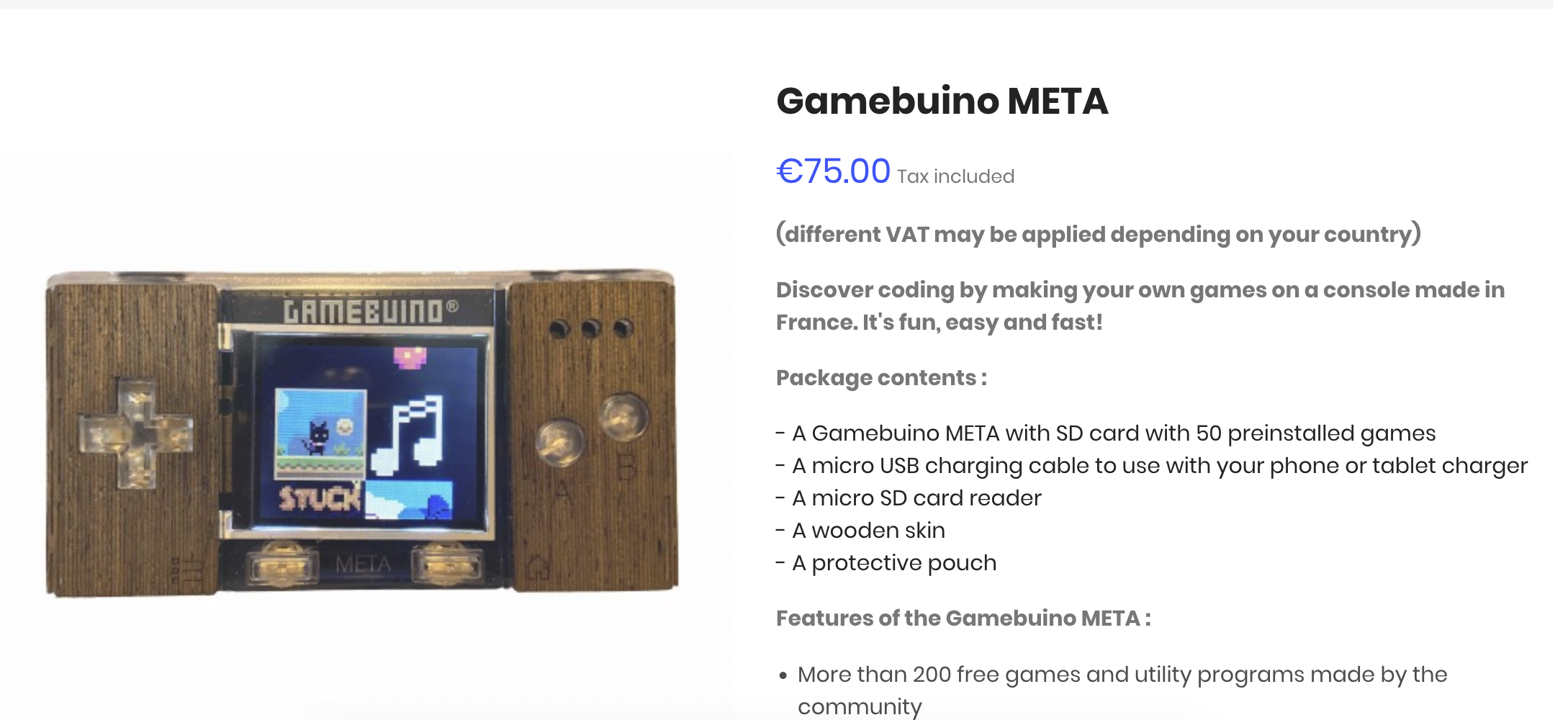
They don't open-sourced the hardware though, but their game API to make your own game is valuable. They use ATSAMD21 as the microcontroller. The sickest feature is this console is able to rewriting the flash memory so we can load another new game.
I even ported Gamebuino software to work with ESP32:
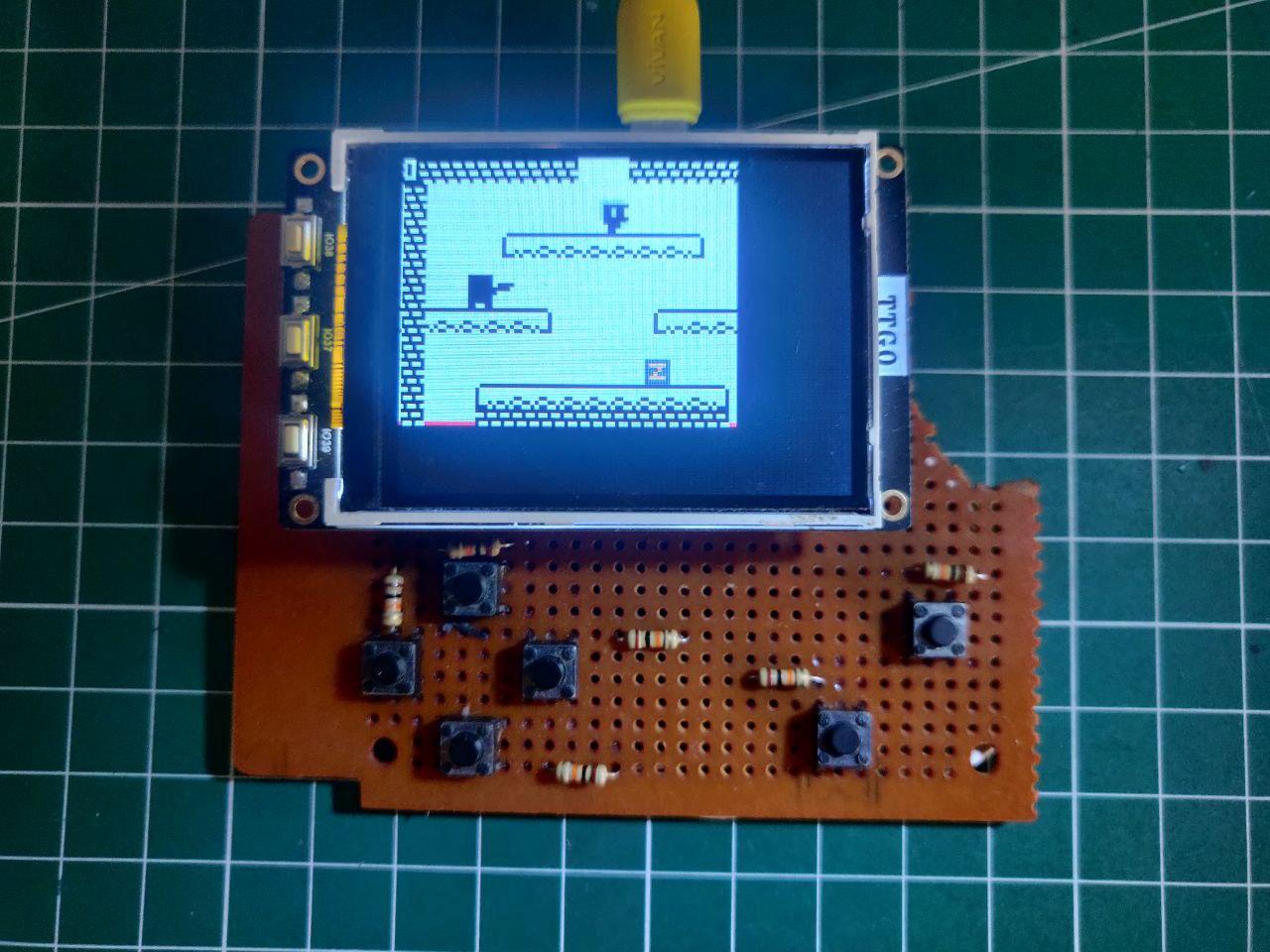
Odroid GO
Another game console but using ESP32. What special about this device is you can emulate Gameboy, NES, Sega Master game using ESP32. If you want to learn about emulation and low-level optimization, check their GitHub repo.
They open-sourced the hardware schematics and firmware.
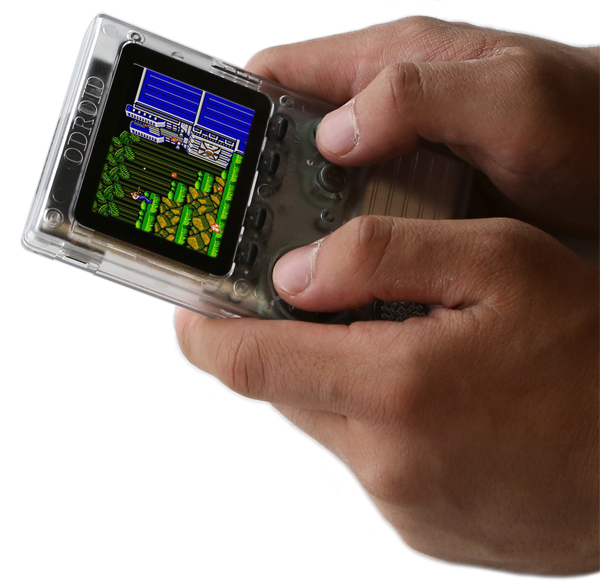
ScopeFun
Now something unrelated to game, an oscilloscope. Here you can learn about analog and digital signal processing at high-speed (500 MSps, mega-samples per second).
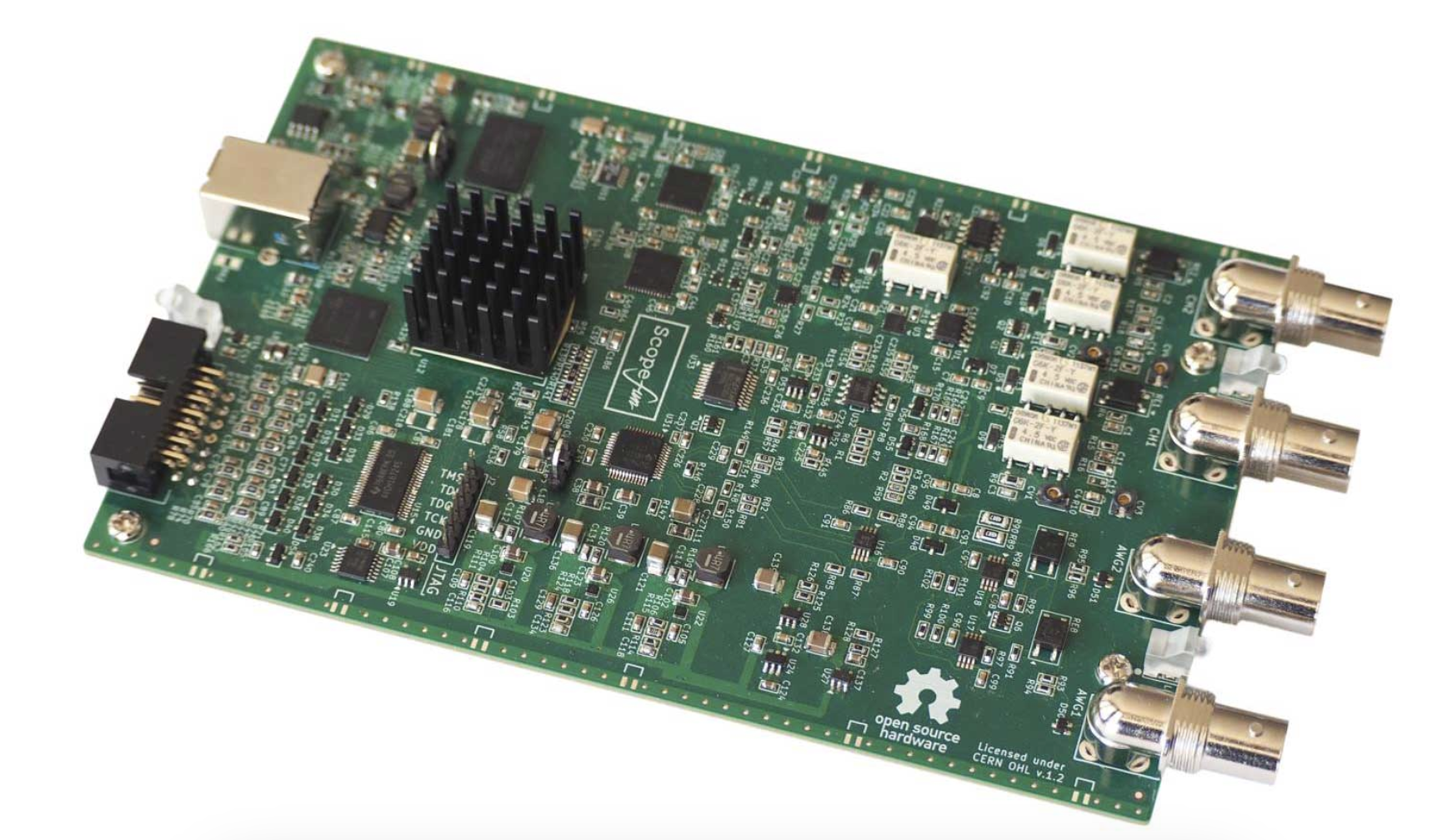
Open-Smartwatch
Lastly, an open-source smartwatch. Again, this project is built using ESP32 as the microcontroller. Apparently ESP32 is used in many serious projects (like Xiaomi Air Purifier, I know because I've done teardown of this hehe), not limited to hobbyist projects.
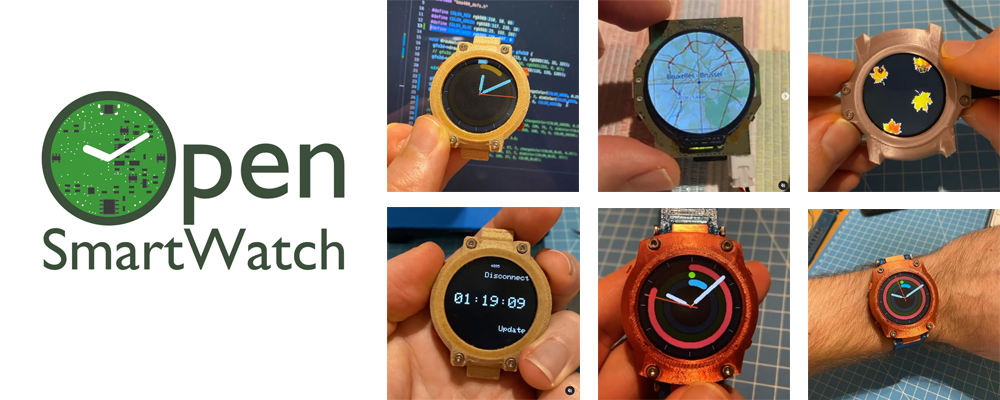
You can view the operating system, 3D files, hardware design on their GitHub repo.
That's all folks. Happy tinkering!
Whenever you're ready, there are 2 ways I can help you:
1. Becoming Embedded Freelancer Book. Learn how to earn more money (even more than your main job) working on freelance projects using a proven path explained from an embedded engineer's point-of-view.
2. Firmware Development Workflow Guide. Upgrade your workflow to achieve efficient development, consistent code quality, robust firmware, and skyrocketed your productivity as an embedded engineer.
